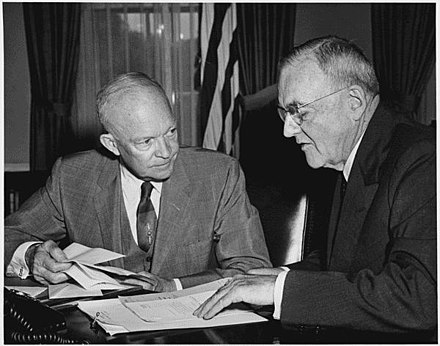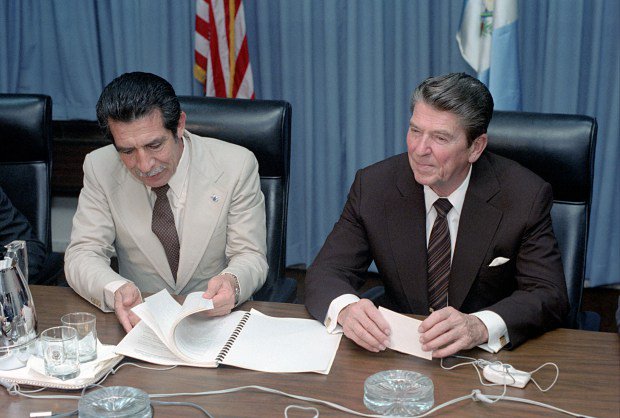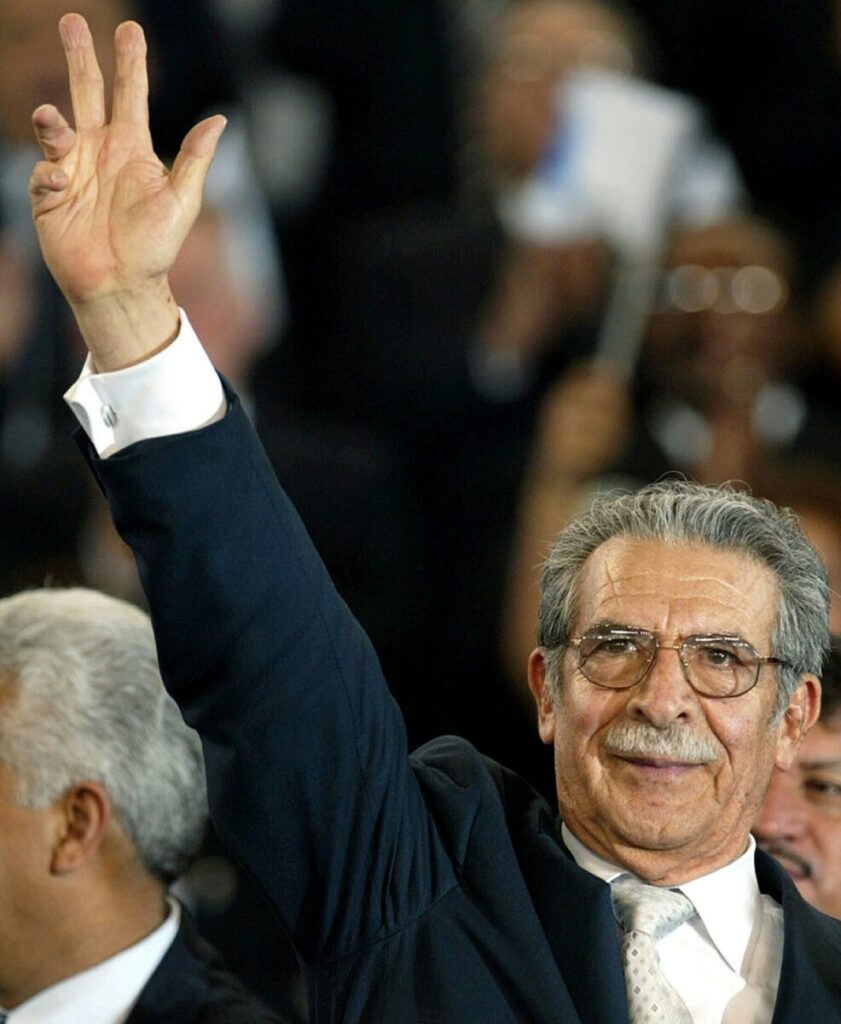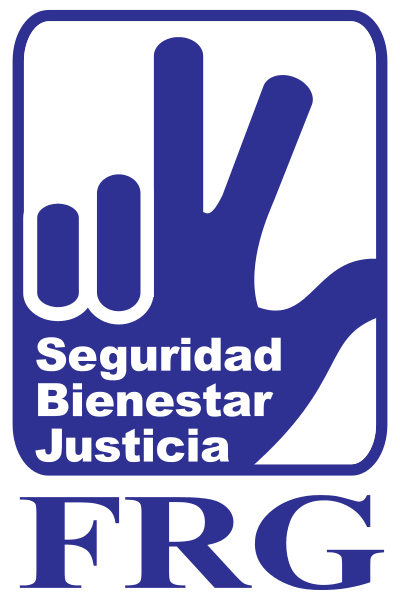US involvement in The National Conflict
The United States played a crucial role in the 1954 coup d’état that overthrew the democratically elected government of Guatemalan president Jacobo Árbenz. The US government, led by President Eisenhower at the time, feared that Árbenz’s land reform policies and his alignment with communist powers posed a threat to American interests in the region.

Some of the main characters involved in the planning of the 1954 coup in Guatemala were Secretary of State John Foster Dulles, his brother Allen Dulles, who was the Director of the Central Intelligence Agency (CIA) at the time, and US ambassador to Guatemala John Peurifoy. The CIA also worked closely with Guatemalan exiles, including Carlos Castillo Armas, who would later become president of Guatemala after the coup.
The US Central Intelligence Agency (CIA) orchestrated a covert operation, codenamed Operation PBSUCCESS, to train and arm a small group of Guatemalan exiles to launch a coup against Árbenz. The CIA also conducted a propaganda campaign to undermine Árbenz’s legitimacy, while the US government imposed economic sanctions and threatened military intervention. With US support, the coup was successful, and a series of authoritarian regimes ruled Guatemala for several decades.
Continued US Influence
During the 1980s, US President Ronald Reagan also played a controversial role in the conflict. Reagan saw the Guatemalan military government, led by General Efraín Ríos Montt (1982-83), as a strong opposer of communism and supported them with military aid, despite widespread reports of human rights abuses. Ríos Montt, who was a born-again Christian, also enjoyed support from the same evangelical groups in the US that supported Regan. With the endorsement of Regan, Montt’s became seen as a defender of Christian values. Despite international condemnation, Reagan continued to support the Guatemalan government throughout his presidency, with some critics arguing that his policy and religious affiliations enabled and encouraged the military’s violent campaign against civilians.



Montt used religion as a tool to justify and commit human rights abuses during the Guatemalan National Conflict. Ríos Montt, a born-again Christian and lay minister, viewed the conflict as a spiritual battle between God and communism, and portrayed himself as a defender of Christian values. He used religious rhetoric to rally support from evangelical Protestant groups, both in Guatemala and in the United States, and presented the military’s brutal campaign against leftist rebels as a holy war.

Ríos Montt’s regime was characterized by widespread human rights abuses, including the massacre of indigenous communities, forced disappearances, and torture. The military used religious imagery to terrorize and intimidate these communities, branding them as enemies of the state and accusing them of practicing “godless” communism and calling them devils. Ríos Montt’s government also set up “model villages,” which were intended to forcibly relocate indigenous communities to prevent them from supporting the guerrillas. These villages were often run by evangelical pastors, who used religious indoctrination to control the residents and prevent them from fleeing.